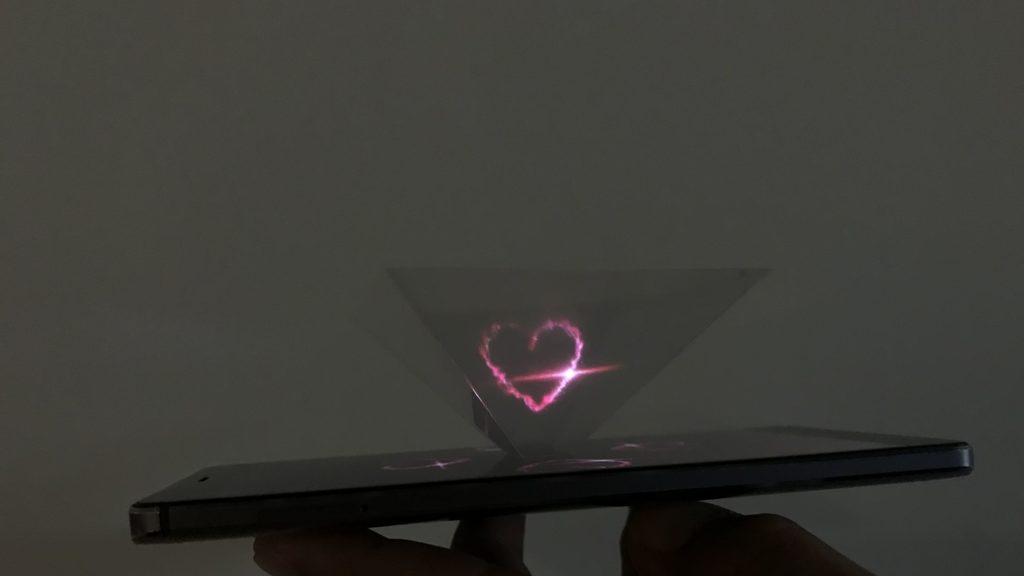
Immortal online. Is there a (digital) life after death?
Platform E-Culture, Digitalisation & Artificial Intelligence
Programme
6 p. m. Culture digital:
Presentation of the aims, contents and working priorities of the Roundtable "Heimat analog/digital. Life in Two Worlds" by the network partners
Inauguration of the hologram box
Maker Space: DIY workshop for the production of your own mini hologram boxes
7 p. m. Immortal online. Is there a (digital) life after death?
The dream of immortality has always inspired people's imagination. In addition to the religious ideas of eternal life, there is now the hope that death can be overcome by technical means. In the near future, Silicon Valley wants to realize what used to be science fiction: Artificial intelligence should enable the living to come into contact with the deceased, who will forever exist in the digital world.
How likely is such a scenario really? Is it permissible to awaken the dead to digital life, and what kind of ethics would be appropriate for such an afterlife? Would the digital revenants still be the people we knew? How would our culture of mourning and memory change? Or is the vision of digital clones in the end just the necromancy of our time?
Guests
- Torsten Nahm, Mathematician, head of the Competence Center for Artificial Intelligence at DKB, cryonics engineer, who hopes to live on after death by means of a cooling chamber in Arizona: "Cryonics is like a patient transport into the future".
- Christopher Coenen, Political Scientist, staff member at the Institute for Technology Assessment and Systems Analysis at the Karlsruhe Institute of Technology (KIT) with a research focus on transhumanism and technology visions.
- Susanne Steinmaßl, Director and Video Artist, created The Future Is Not Unwritten, a "smart film" in which an AI takes over the direction and which is theoretically infinite. Together with a programmer, she created a neural network that creates its own, constantly new images.
- Dr. Jean Pierre Wils, Professor of Practical Philosophy at the University of Radboud, Nijmegen, researches immortality and death as topics of philosophy.
Host: Antonie Rietzschel, Journalist, Süddeutsche Zeitung
Platform E-Culture, Digitalisation & Artificial Intelligence
The E-Culture, Digitalisation & Artificial Intelligence platform addresses the opportunities, but also the dangers of digitalisation in culture, science, politics and administration. The common goal of the initiators and partners is to better connect the city's cultural and scientific institutions in a common digital infrastructure, to simplify knowledge generation and transfer, and to formulate recommendations for Dresden's cultural policy. For Dresdeners and visitors to the city, the aim is to expand the excellent analog offerings into the digital space in a targeted manner, while also considering issues of data protection and digital sovereignty. The platform table supports the Capital of Culture process in this regard with critical discussions, interactive installations as well as scientific findings and a guide for action.
Neue Heimat Platform
"How would you show a visitor from another European country the culture of your neighbourhood?" This is what our platform "Culture & Democracy" asks in its project, which it developed for the European Capital of Culture in 2019. The Dresdeners’ answers are to be used to create a cultural trail through the entire city by 2025, for locals and tourists alike. The "Culture & Environment" platform, on the other hand, is inviting people in the spring of 2020 to create a meadow atlas, a threatened wild plant with large yellow flowers, before the plants find a new home on the Elbe meadows. These are two of nine ideas from our platform process.
Cultural mediators speak of participation and sharing: Neue Heimat Dresden 2025 stands not only for culture for all, but culture with all. Our programme 2025 will consist of a curated part – developed by professional artists – and a non-curated part – designed by citizens. This year, 150 people have already worked on project ideas in nine thematic fields, which will now be presented to the public for the first time and implemented as prototypes in 2020.